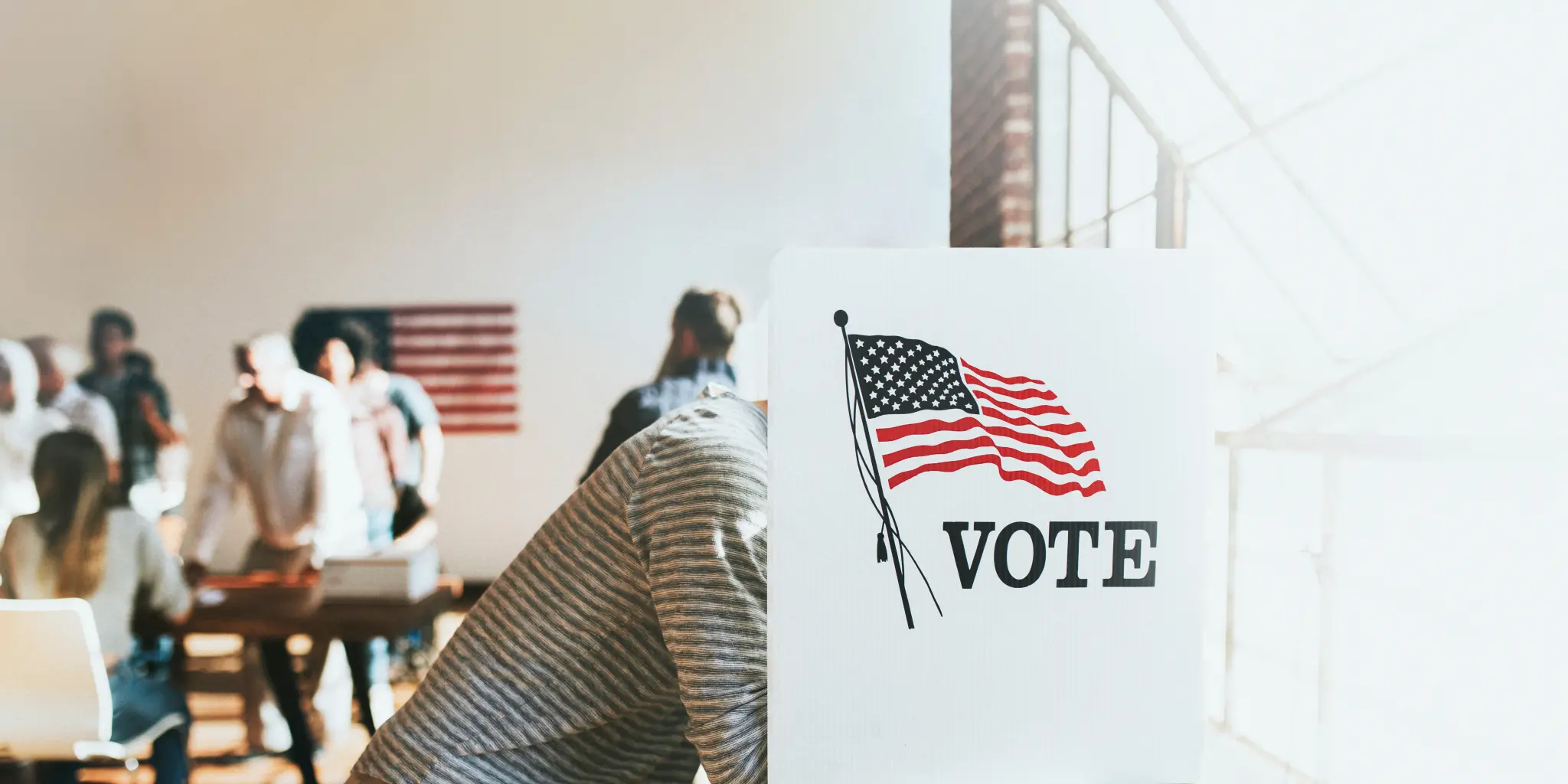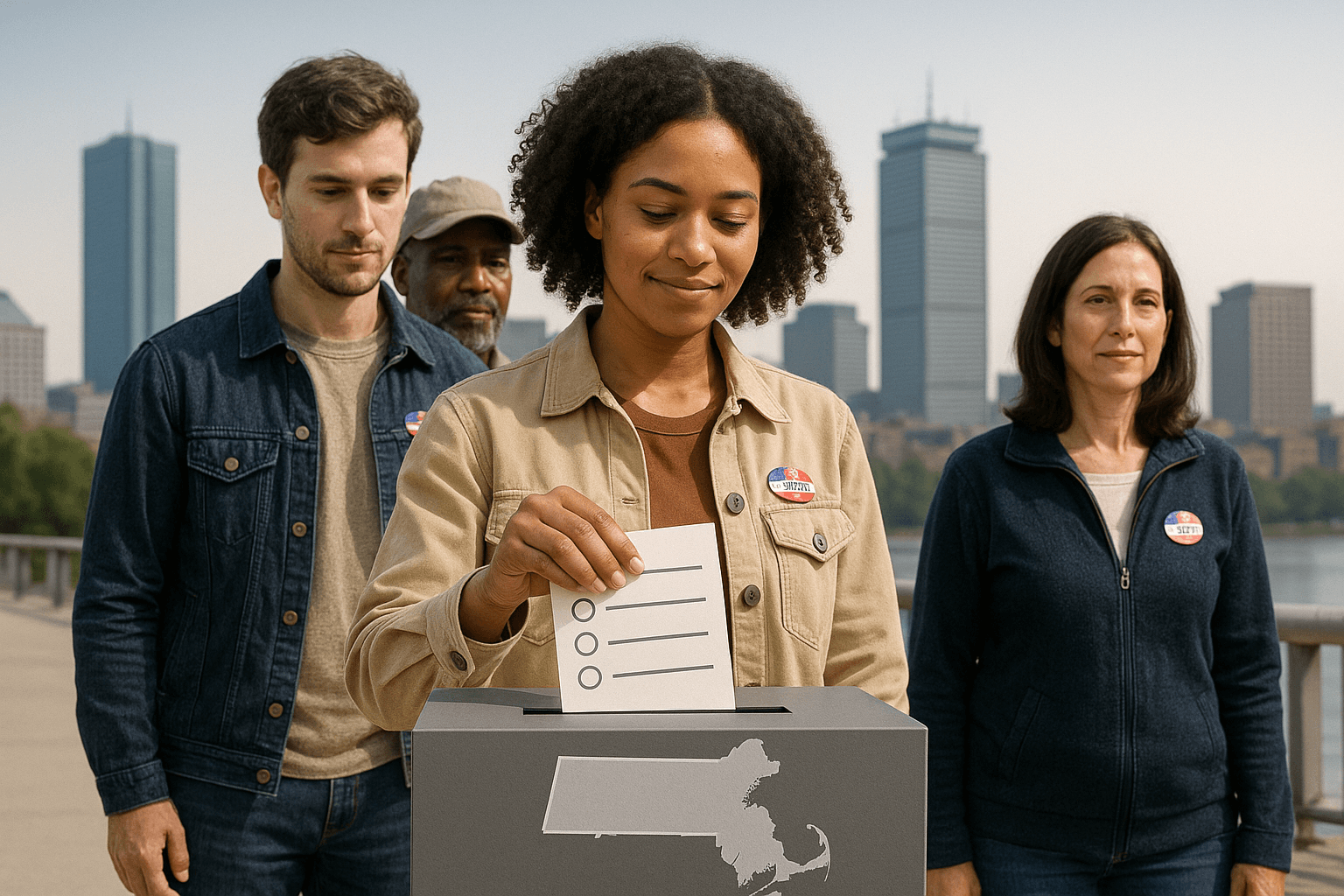To Boost Voter Turnout, We Need To Think Bigger Than Motor Voter Laws

SACRAMENTO, CALIF. -- California legislators introduced a bill last March that will automatically register citizens to vote when they obtain or renew their driver's license. The new law follows in Oregon's footsteps with the hopes to increase California's record-low voter turnout of 42.2 percent.
California's new Motor Voter Act (AB 1461), introduced by Secretary of State Alex Padilla and jointly authored by Assemblymembers Lorena Gonzalez (D-San Diego), Luis Alejo (D-Salinas), and Kevin McCarty (D-Sacramento), is currently making its way through the California legislature.
that “ur Democracy is at its strongest when the most people possible are participating, and the California New Motor Voter Act is an opportunity to easily bring millions of already eligible voters into the electoral process.”Gonzalez stated in a press release
“California ranked 43rd in voter turnout nationally for the 2014 General Election. This problem cannot be ignored," Padilla said. "Civic participation is the foundation of our democracy.”
Oregon adopted automatic voter registration in March with the option for citizens to opt-out. Minnesota had a similar bill; however, Governor Tim Pawlenty vetoed it in 2009. Following Oregon's adoption of the law, 17 other states introduced automatic voter registration bills.
Currently, all states are required to follow the 1993 Motor Voter Law, yet there is speculation that some fail to do so.
In 1993, Congress passed the National Voter Registration Act (NVRA), commonly called the Motor Voter Law. The purpose of the law, instituted in 1995, was to increase the number of registered voters and enhance voter participation at the polls. Unfortunately, being registered to vote does not mean one will show up on election day.
Voting is a two-step process. Making it easier to register voters does not guarantee that those voters will be able to make it to the polls on election day. Political scientists Cynthia Rugeley of Texas Tech University and Robert A. Jackson of Florida State University explain:
“The proximate purpose of the NVRA was to increase registration across the United States by lowering procedural barriers. Its supporters believed that elevated registration would translate into heightened electoral participation, or, at least, stem the turnout decline." "The NVRA did little to increase overall voter turnout and that it did not significantly alter the demographic make-up of the electorate.”Rugeley and Jackson conclude that “mplementation of the NVRA did indicate a small overall increase in the percentage of registered citizens” and “produced moderate improvements in registration equality along education, income, and age."
However, they explain an increase in voter registration did not correlate to increased voter turnout.
Supporters of the new California legislation believe the law will end the discouragement voters have with the registration process. Essentially, the new bill increases the percentage of registered citizens that the national law failed to do.
Proponents hope that the electorate will be more representative of the state's demographics. Assemblywoman Gonzalez further states that “y modernizing and streamlining the registration process, we can help ensure all Californians get the best possible representation.”Whether or not automatic registration will increase turnout at the polls is still unclear. However, making registration easier for citizens is one step in the right direction.
There are other reforms in the works that might boost voter turnout as well. Voting by mail, same-day registration, making Election Day a national holiday, and voter education programs all work toward the goal of increasing turnout at the polls.
Photo Credit: SteveWoods / shutterstock.com



